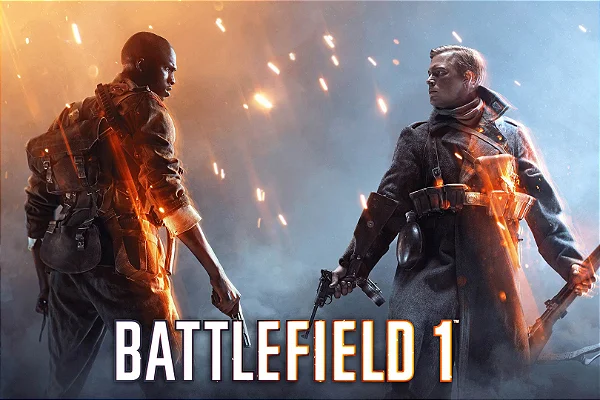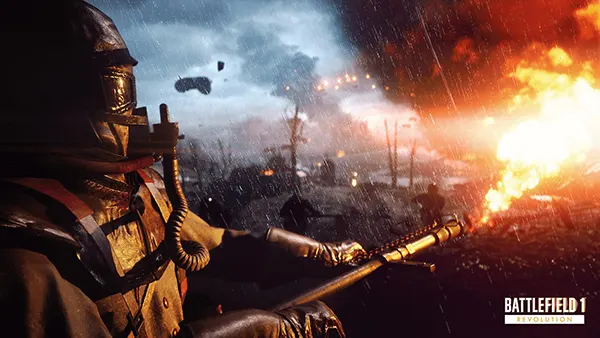
Battlefield Mobile: The Outlook for Multiplayer FPS on Android and iOS in 2025
With the ever-evolving landscape of mobile gaming, the first-person shooter genre is making an ambitious leap onto handheld devices. One of the most anticipated entries in this space is Battlefield Mobile. The franchise, known for its expansive maps and large-scale warfare, has built a reputation on consoles and PC, and now it’s poised to challenge mobile standards. As of 2025, its development status, gameplay expectations, and competitive outlook are all hot topics in the gaming community.
Development Path and EA’s Strategy for Battlefield Mobile
EA and Industrial Toys initially announced Battlefield Mobile as a standalone title, not a direct port of any previous entry. The intention was to deliver a full-featured, mobile-first FPS experience that could rival top-tier competitors like Call of Duty Mobile and PUBG Mobile. However, in early 2023, EA cancelled the first iteration after a period of limited regional testing. While the decision raised concerns, it did not mark the end of Battlefield’s mobile ambitions.
In 2024, rumours surfaced of a renewed strategy—this time involving a tighter integration with the mainline Battlefield series. Internal sources suggest that EA is now focusing on a more unified development pipeline that would allow for consistent cross-platform engagement, though details remain under wraps. As of mid-2025, no official re-announcement has been made, but industry insiders believe a reveal may occur before the year’s end.
Given the evolution of mobile chipsets, network speeds (notably 5G), and cloud gaming support, EA’s renewed investment in Battlefield Mobile seems like a calculated effort to match rising player expectations. The core vision remains: real-time combat, destructible environments, and large-scale battles—now in the palm of your hand.
Challenges Facing Battlefield Mobile in 2025
The mobile FPS genre is fiercely competitive. Franchises like Apex Legends Mobile (now discontinued), Fortnite, and Free Fire have demonstrated both the appeal and the volatility of the market. Battlefield Mobile faces a dual challenge: it must distinguish itself technically while also cultivating a loyal user base.
On the technical side, performance optimisation for mid-tier Android devices remains a key hurdle. Large-scale destruction and physics, trademarks of Battlefield’s identity, are resource-intensive and difficult to translate into smooth mobile gameplay without sacrificing quality or accessibility.
Meanwhile, from a community standpoint, EA must find a balance between monetisation and player trust. Gamers are increasingly sensitive to aggressive in-app purchases and loot-box mechanics. Creating a monetisation system that rewards skill without compromising fairness will be critical to the game’s sustainability.
Gameplay Features and Battlefield Identity on Mobile
One of the franchise’s distinguishing features is the interplay of infantry, vehicular combat, and environmental tactics. For Battlefield Mobile to succeed, it must retain these pillars while adapting them to shorter match formats and touchscreen controls. This requires intuitive UI design, responsive input systems, and map layouts optimised for five- to ten-minute sessions.
In earlier test versions, players experienced modes such as Conquest and Team Deathmatch. However, to align with mobile consumption habits, it’s expected that future iterations will also include rapid-fire formats such as Control Point Blitz or Solo Ops. Such inclusions cater to both casual players and hardcore fans looking for portable sessions.
Another anticipated feature is progression synchronisation. If EA ties Battlefield Mobile progression to Battlefield 2042 or future console entries, it could encourage engagement across platforms. This cross-ecosystem synergy may become one of its most valuable assets in retaining users.
Visuals and Technical Performance in 2025
Modern mobile devices in 2025, particularly those with Snapdragon 8 Gen 3 or Apple’s A18 chips, are capable of console-level rendering. Battlefield Mobile’s development will likely leverage these capabilities, with support for HDR graphics, dynamic lighting, and high frame rates.
However, developers face a crucial trade-off between graphical fidelity and battery consumption. Real-time explosions, vehicle physics, and destructible environments can strain mobile GPUs, reducing session longevity and heating up devices.
Solutions may include adaptive performance scaling, cloud offloading, and user-defined graphics settings. These technical innovations will ensure a broader reach, from flagship devices to more affordable handsets, maintaining performance parity as a central design goal.

Market Reception and Future Viability
As of Q3 2025, the mobile shooter market continues to grow, with over 400 million monthly active users engaging with FPS titles globally. Yet, success in this space is not guaranteed by brand recognition alone. Battlefield Mobile must deliver compelling reasons for players to switch or add it to their rotation.
Community sentiment, based on forums like Reddit and gaming news outlets, suggests cautious optimism. Players familiar with the franchise express excitement but want transparency, polish, and above all, long-term support. The cancellation of the 2022 beta project left a mark, and trust will have to be rebuilt.
EA’s broader mobile strategy—including partnerships with cloud providers, eSports integrations, and Battle Pass systems—will heavily influence the future of Battlefield Mobile. A late-2025 reveal followed by a staged beta could set the tone for a 2026 global launch, aligning with the franchise’s broader roadmap.
Competitive Landscape and Strategic Positioning
Call of Duty Mobile remains the benchmark in the mobile FPS field, offering smooth gameplay, seasonal updates, and a massive player base. For Battlefield Mobile to capture market share, it must position itself as more tactical, team-oriented, and sandbox-driven.
This means not merely competing on graphics or content volume, but redefining mobile FPS dynamics. Battlefield’s hallmark large-map strategy, vehicle combat, and cooperative gameplay could serve as its strongest differentiators if executed properly.
Ultimately, success depends on listening to community feedback, pacing updates consistently, and ensuring that Battlefield Mobile feels like a true extension of the franchise, not a diluted version made for another screen.
